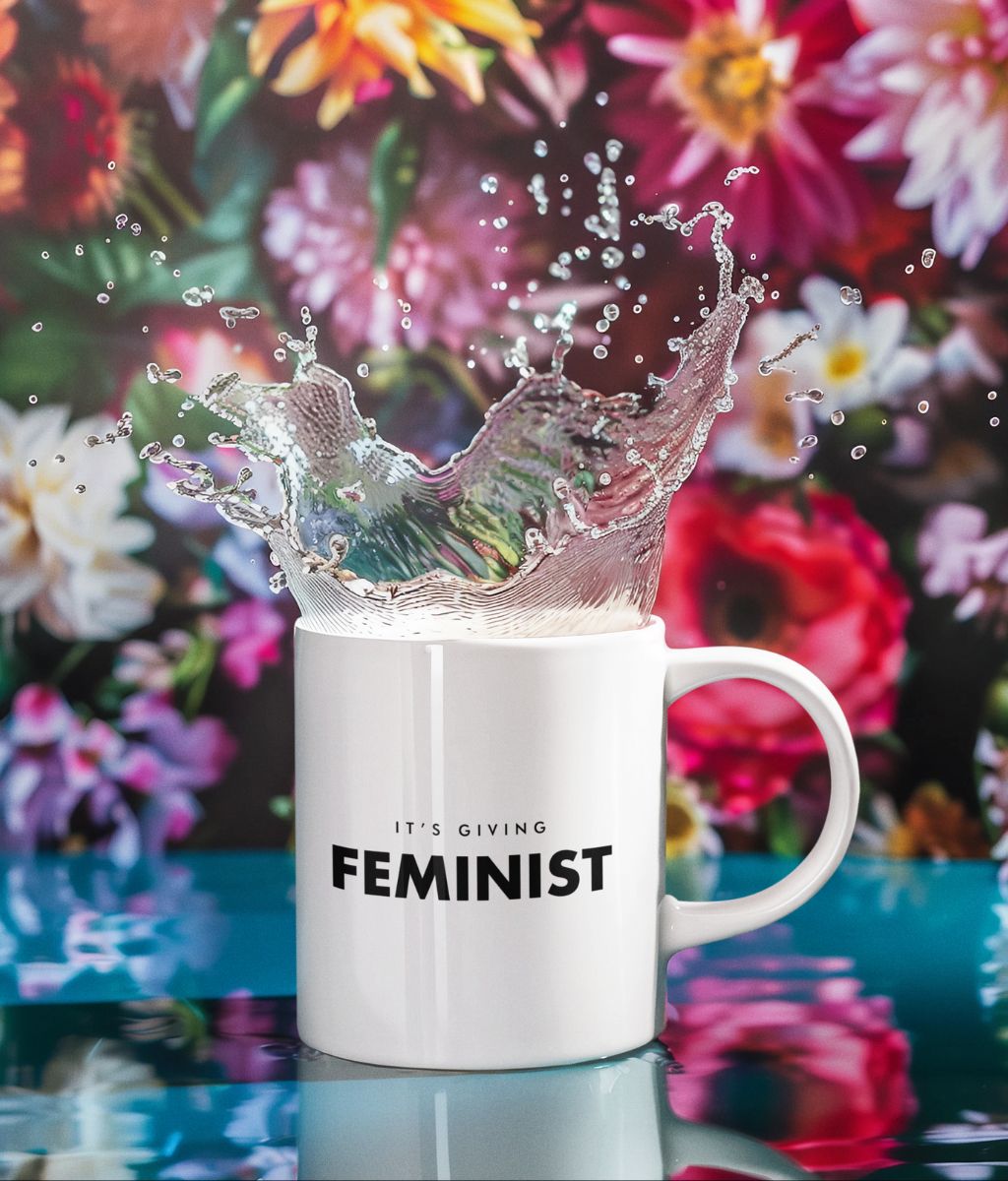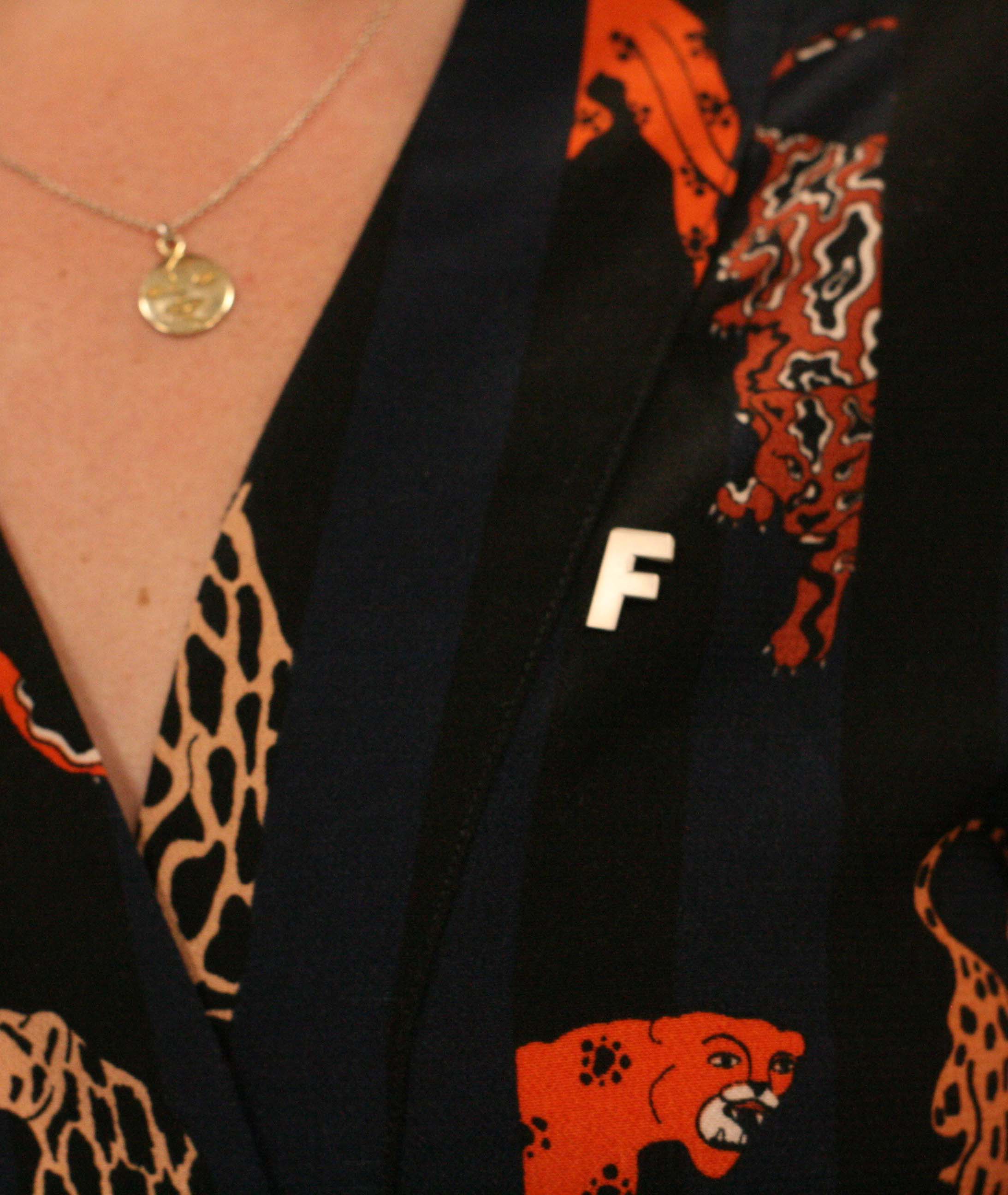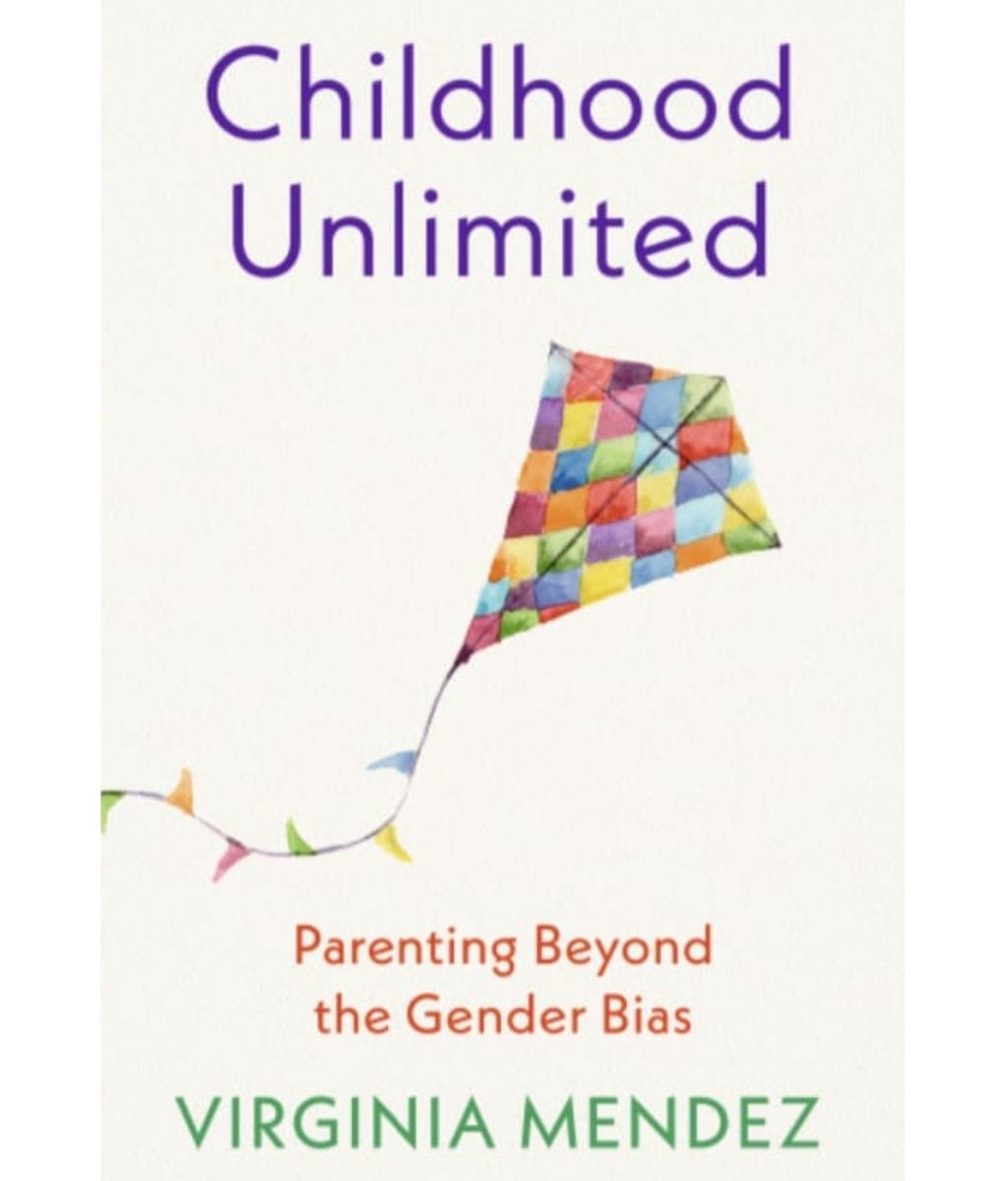We talk a lot about intersectionality in feminism—and rightly so. It helps us understand that our struggles don’t exist in isolation. Gender, race, class, ability, and environment all intersect. And climate change? It’s a feminist issue through and through.
Because the reality is, the people who contribute least to the climate crisis are often the ones who suffer its consequences the most. And that’s not just unfair—it’s unsustainable.
Who's Being Affected the Most?
Climate change doesn’t show up in everyone’s life in the same way. For many women —particularly in the Global South—the climate crisis means walking further for water, struggling to grow food, and facing increased risk during extreme weather events. It's not theoretical—it’s deeply personal.
The UN reports that 80% of those displaced by climate-related disasters are women. And despite being on the frontlines of climate impact and often leading in community resilience, they’re still underrepresented in climate decision-making spaces. This isn’t just an environmental injustice—it’s a gender one too.
A System Built on Power and Extraction
It’s no coincidence that the systems most responsible for environmental destruction—colonialism, capitalism, and patriarchy—have all been shaped by the same forces that marginalise women and other oppressed groups. For centuries, the natural world has been something to conquer, extract from, and control. Sound familiar?
Many feminist thinkers have drawn parallels between how the planet has been treated and how female bodies and labour have been exploited. The language we use—“taming nature,” “virgin land,” “conquering the wild"—tells on us.
This isn’t just philosophical. It’s political. Most of the decisions that have led to ecological breakdown were made by people in positions of power—historically, and overwhelmingly, men. So yes, it is a man-made problem. But it doesn’t have to stay that way.
A Feminist Framework for Change
Feminism invites us to reimagine how we relate to each other and the world around us. It teaches us to value care, equity, and community—values we desperately need in the face of ecological collapse.
A feminist approach to climate justice means:
-
Centre the margins: Uplifting the voices and leadership of women, indigenous peoples, and marginalised communities who are already doing the work.
-
Value care and interdependence: Shifting away from extractive systems to ones rooted in mutual responsibility and long-term thinking.
-
Challenge the status quo: Interrogating who holds power, who profits, and who pays the price.
From community-led farming projects to global climate movements led by young women of colour, feminist climate leadership is already making waves.
What Can We Do?
The climate crisis can feel overwhelming—but that’s exactly why we need to act. Not just in isolation, but as part of a collective push for something better.
Here’s how you can start:
-
Educate yourself: Read books and articles that explore the links between feminism and environmentalism. Knowledge really is power.
-
Talk about it: Share what you learn. Challenge the idea that climate change is just about carbon footprints—it’s about justice.
-
Do your part: Make sustainable choices where you can (educe your plastic use, recycle, bike more, eat less meat...) and support ethical, conscious brands and initiatives.
-
Push for systemic change: Vote, organise, donate, sign petitions—use your voice to demand the bigger shifts we urgently need.
A Crisis—But Also a Chance
Yes, climate change is terrifying. But it’s also a moment of possibility. A chance to reimagine our systems, our relationships, and our priorities. Feminism gives us a powerful lens for doing exactly that.
Let’s stop asking how we can go back to normal—and start asking how we can move forward, together, towards something fairer, kinder, and more sustainable for everyone











0 comments